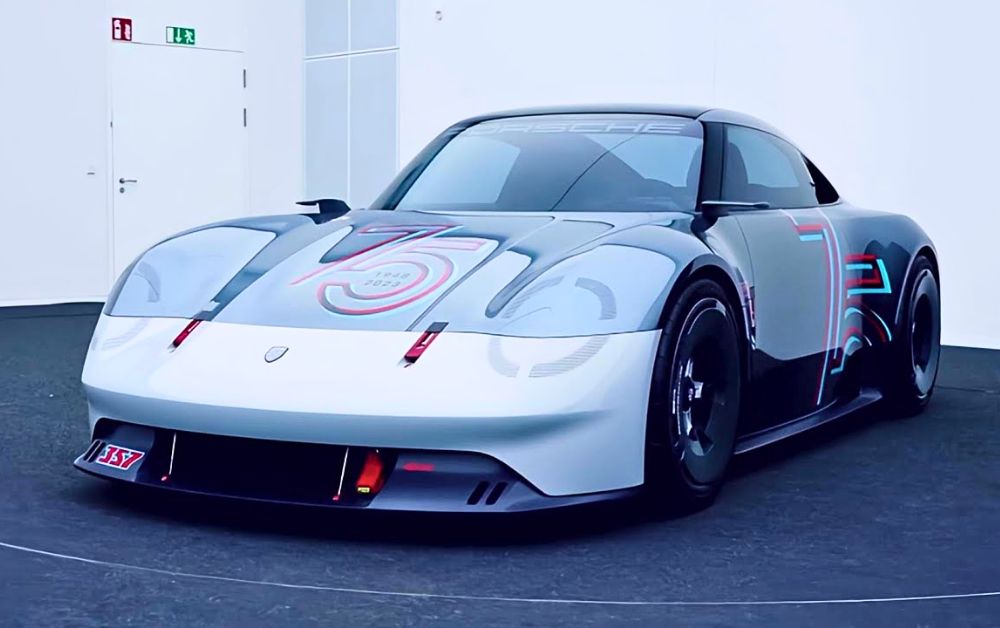Toyota Unveils Archive of Innovative Concepts on the Occasion of Calty Design Studio’s 50th Anniversary
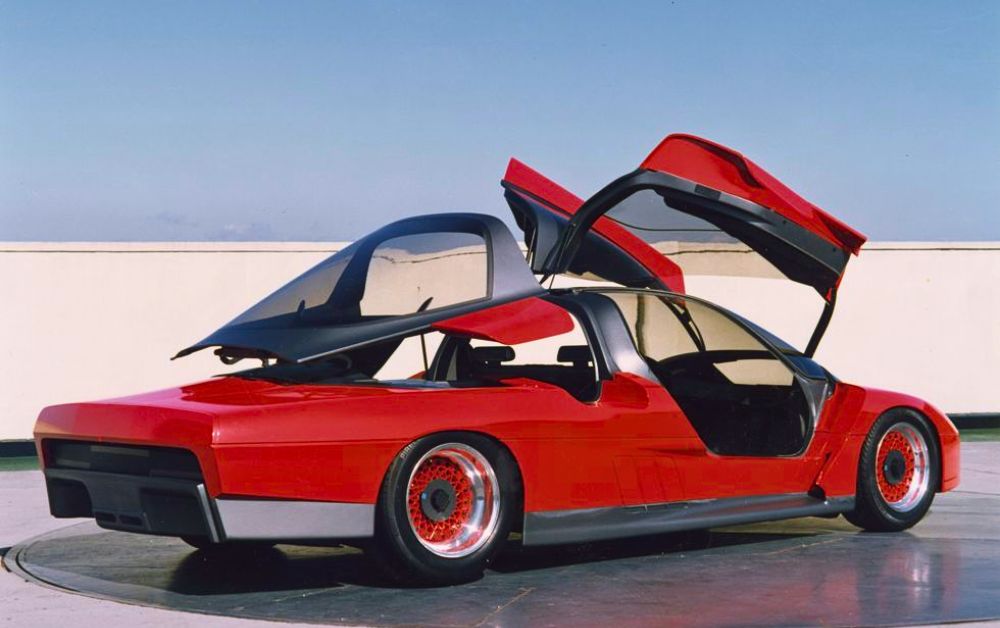
This month, Calty, Toyota’s California-based design studio, is celebrating its half-century milestone. In commemoration of this special occasion, Toyota is showcasing a selection of intriguing concept designs that were previously kept within the studio’s walls, including a captivating mid-engine sports car named the MX-2. Could it have been a potential competitor to Acura’s NSX?
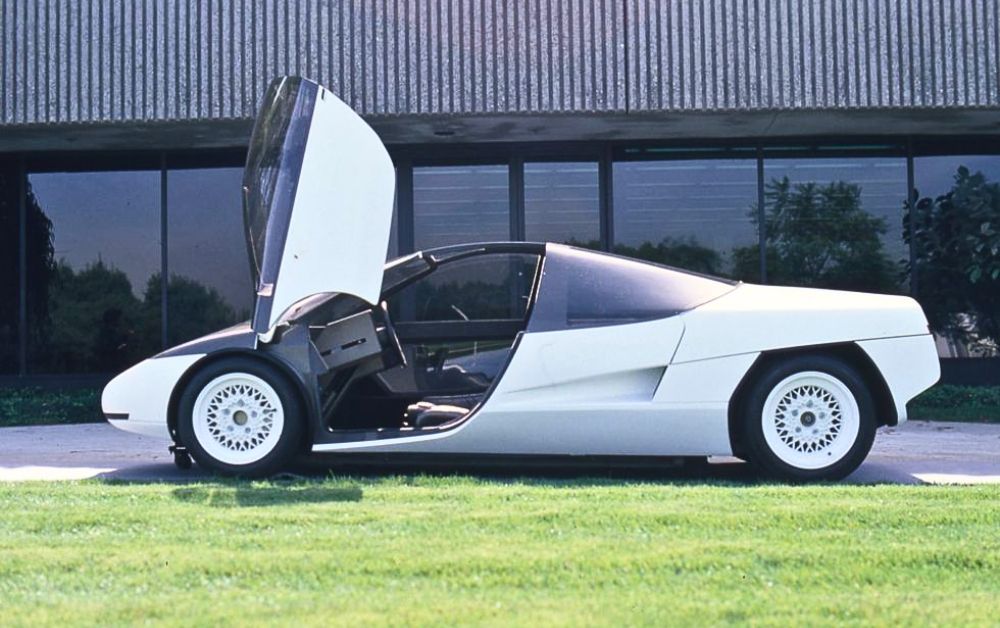
Calty, a blend of California and Toyota, represented the first U.S.-based design studio for a Japanese automaker. It operated discreetly, fostering an environment of creative freedom that may not have been as feasible in Japan, where budget-conscious executives closely monitored developments. Initially situated in El Segundo and later in Newport Beach, CALTY served as a sanctuary where designers could explore their imaginations without constraints.
Pictured as a 1/5 scale model alongside Toyota’s then-president, Eiji Toyoda, the MX-2 hinted at a future where SUVs would reign supreme. Though Toyoda stepped down in 1982, this concept never reached production. Nevertheless, its front end bears a resemblance to the original three-door RAV4.
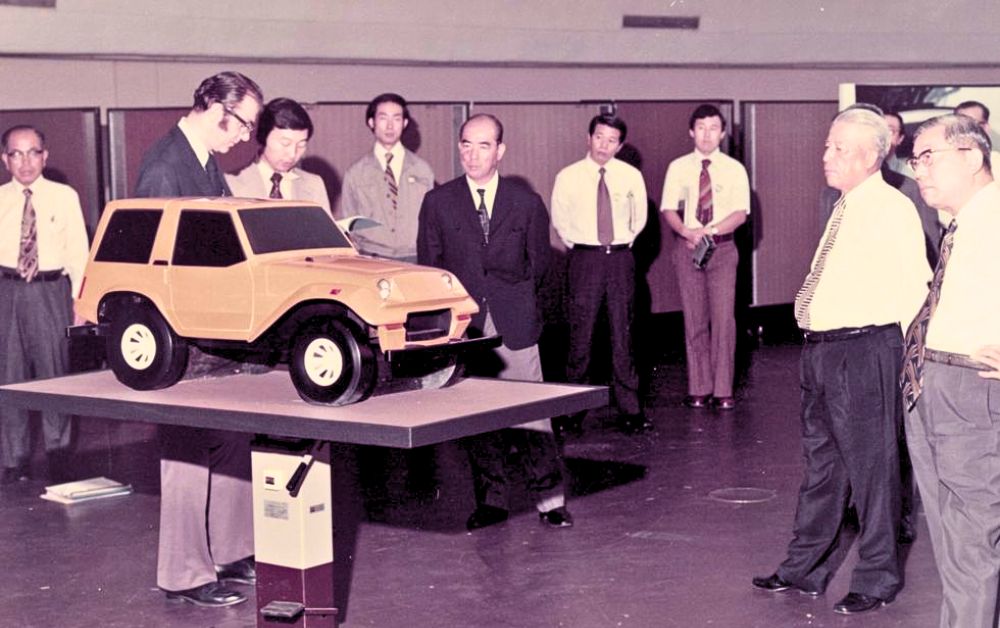
The MX-2 exudes the quintessential 1990s supercar concept aesthetic, featuring flowing contours, forward-hinged gullwing doors, and a liftable rear canopy. It draws inspiration from the likes of the McLaren F1 and Jaguar XJ220, yet its origins date back to 1983. During that period, Toyota was manufacturing the first-generation MR2, a production mid-engine car, but the MX-2 provided a glimpse into an alternate automotive future. Imagine a road-ready version of one of Toyota’s Group C racers from the late 1980s.
In contrast, Calty introduced the world to the 1989 Celica and the 1990 Previa—undoubtedly daring designs for everyday vehicles. Furthermore, Calty’s repertoire includes the 2006 FJ Cruiser, a model that seamlessly blended the timeless charm of vintage Land Cruisers with modern sensibilities.
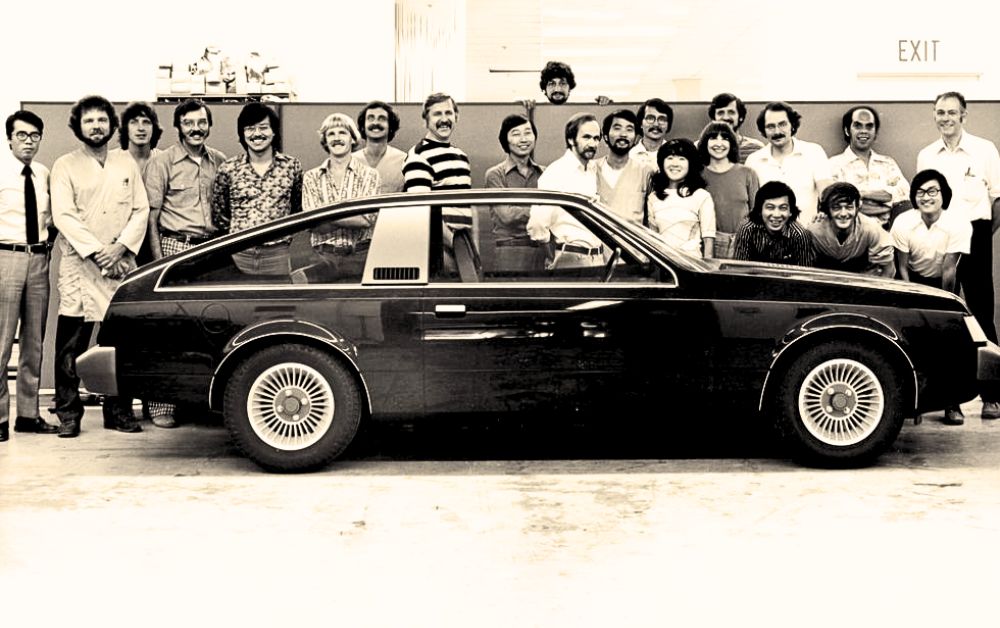
The MX-2 concept, characterized by its gullwing doors, is particularly tantalizing. It followed the MX-1, another creation from Calty, boasting scissor doors and a cockpit dominated by glass, reminiscent of the first-generation NSX.
Elements of Calty’s 1990s interpretation of the fourth-generation Supra bear a striking resemblance to the current Supra model. It’s worth noting that the current Supra, along with much of Toyota’s present lineup—including the Crown, Tacoma, and Grand Highlander—was designed right here in California.
To cap off its Calty anniversary celebration, Toyota unveiled the Baby Lunar Cruiser, a futuristic take on the classic FJ40 Land Cruiser.
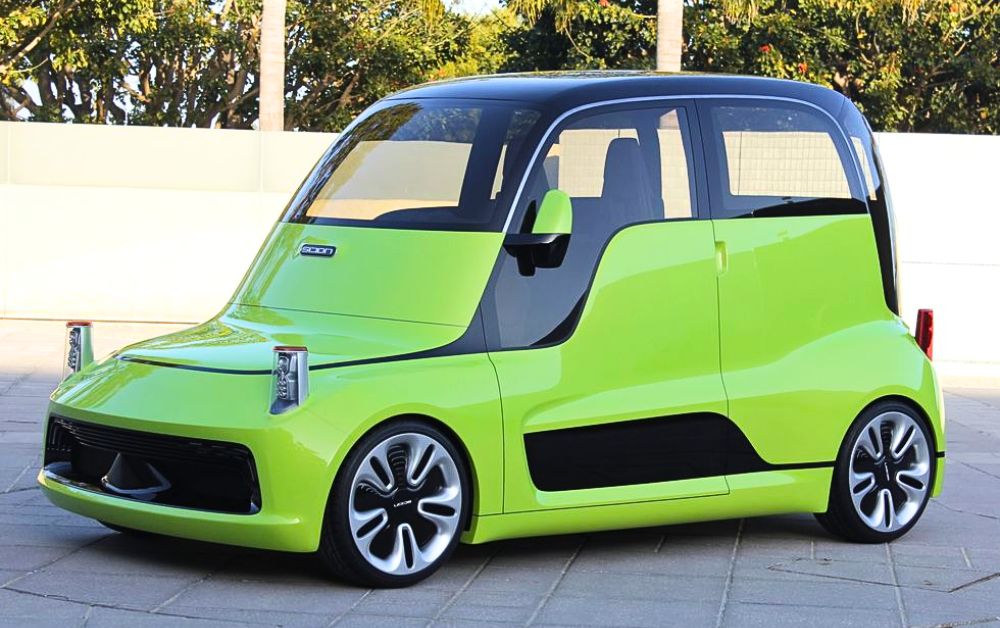
Apart from the 2012 concept, one can’t help but wonder if hidden within the studio’s confines, away from public view, Calty’s designers are laboring on a modern successor to the MX-1 and MX-2. Perhaps a sleek, all-electric or hybrid masterpiece, poised to challenge the likes of McLaren and Ferrari. While it may never become financially viable, this is California, where dreams are realized.”
Related Articles

Driving Relief: Ontario Gas Tax Reduction Extended Amid Economic Challenges
Premier Doug Ford has announced the extension of Ontario’s gas tax reduction until the end of the year, a decision poised to provide much-needed relief to drivers across the province. As the government gears up to unveil its budget, the emphasis on cost containment and support for motorists underscores a commitment to alleviating financial strains and fostering economic resilience in Ontario.

2025 Audi A3 Sedan: Unveiling Subtle Updates and Customizable Features
Today, we delve into the world of Audi with an exclusive look at the anticipated 2025 Audi A3 Sedan. Set to make waves in the North American market with its subtle yet captivating refresh, this sedan embodies Audi’s commitment to innovation and style. Join us as we explore the intricate details and unique features of this highly anticipated release.

Jeep Price Drop Signals Brand Transition Ahead of EV Launches
As Jeep gears up for a monumental shift in its lineup with the impending launch of its first electric vehicles (EVs), the brand is making significant moves to adapt. One notable change is the price drop on two of its popular models, the Compass and Grand Cherokee. Let’s delve into the details of this transition and what it means for Jeep enthusiasts and the broader automotive market.

When Does Drive to Survive Come Out?
The highly anticipated new season of “Drive to Survive” is just around the corner, set to hit screens on February 23. With its captivating portrayal of the high-stakes world of Formula 1, this Netflix docuseries has become an absolute must-watch for racing aficionados worldwide.

